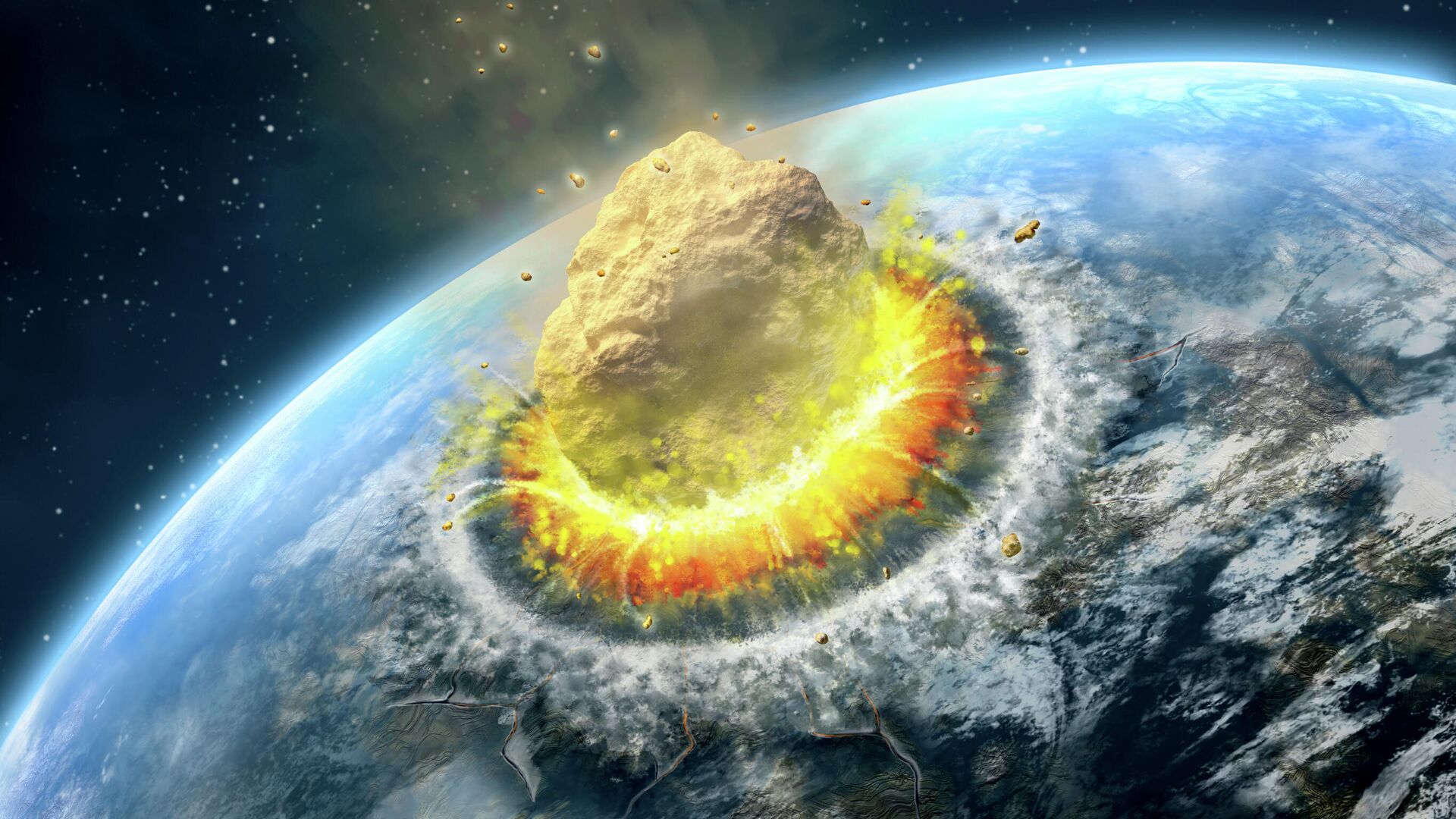
MOSCOW, November 13, Tatyana Pichugina. Russian scientists have developed the stages of flight to dangerous and little-studied asteroids, as well as the appearance of a spacecraft with electric rocket engines. It is proposed to examine small bodies and then deliver soil to Earth. The mission, called Odyssey-Asteroids, will involve the nuclear tug Zeus.
From Planets to Asteroids
In the Soviet Union, space programs were created with an eye to global leadership — to be the first to fly and go into outer space, the first to reach the Moon and make a soft landing, the first to explore Venus. By the end of the century, when the nearby planets had already been studied, attention was switched to Mars, promising from the point of view of searching for life, and small bodies dangerously approaching the Earth.
It all started with NASA's Galileo probe's flyby of the Main Belt asteroid Gaspra in 1991. Scientists for the first time obtained images of the surface of a rock body, from which they were able to confirm its spectral type, examine its structures, and estimate the age and thickness of the loose regolith layer. Ten years later, the American station NEAR Shoemaker made a soft landing on the asteroid Eros. In 2005, the Japanese Hayabusa apparatus returned soil from the Itokawa asteroid to Earth.
In total, over the past 32 years, probes from the USA, Japan, EU and China have examined 15 asteroids, and soil was returned from three. Unfortunately, there were no similar Russian space missions. But in recent years several proposals have appeared. One of them is a youth project to design a small apparatus «Anapa» to be sent to the asteroid «Apophis». In 2013, the developers even created a petition to draw attention to their idea. In 2018, NPO Lavochkin described the Apophis-Boomerang program on the platform of the Phobos-Grunt apparatus. And recently, scientists from the Institute of Space Research of the Russian Academy of Sciences and Samara University proposed sending the Spektr-RG orbital observatory to this dangerous body in 2029.
Scientists from GEOKHI RAS and NPO Lavochkin took a thorough approach to the asteroid mission.
“We set the task of developing a project for a long-term, systematic and gradually increasing study of small bodies of the Solar system, taking into account the current state of domestic fundamental space research,” the researchers write in the article, published in the latest issue of the Astronomical Bulletin.
< h3 id="1908713400-2">A look into the cradle of the solar system
Asteroids are witnesses to the earliest stage of the existence of the Solar System, when the planets had not yet taken shape. This makes them very attractive subjects for research. Scientists are confident that a mission to these celestial bodies will solve many pressing fundamental and applied problems.
Metallic small bodies are especially interesting. It is believed that these are fragments of the core of a certain planet that was destroyed as a result of a cataclysm. However, lately this hypothesis has been falling apart at the seams. 16 chemical types of iron meteorites have been discovered on Earth, and there may be about 50 of them in total. Such a wide variety of composition indicates origin from different sources. There are other facts that contradict the established opinion.
Flying past asteroids, getting close to them and examining them with remote instruments is not enough. Due to constant bombardment by micrometeorites and treatment by cosmic rays, the surface of small bodies is usually covered with a multi-meter layer of loose regolith. To find out the composition, you need to drill down to the bedrock and return all the resulting core to Earth.
Understanding the history of the appearance of metallic asteroids will lead to a revision of ideas about the conditions for the formation of planets, the authors believe. To accurately answer the question, you need to study objects with spacecraft and analyze their matter. It is for this purpose that on October 15, NASA sent another mission to the metal body of Psyche.
Many practical problems are related to protection from asteroids whose orbit intersects with the Earth's. Depending on the parameters, the groups Atir, Aten, Apollo and Amur are distinguished. In total, astronomers have 32 thousand of these celestial bodies registered.
It is easier and faster to send probes to bodies that are approaching the Earth that can neutralize a dangerous object. The first such experiment was carried out by the Americans — on September 26, 2022, their DART device crashed into a hundred-meter rocky body Dimorphos, orbiting the larger asteroid Didymos, and changed its orbit.
Converging objects serve as a source of knowledge about the primary matter of the solar system, from which the planets were formed. The search for organic compounds is especially interesting. Thus, the carbonaceous material from the Ryugu asteroid, delivered to Earth by a Japanese probe, contains aromatic hydrocarbons, heterocyclic aromatic compounds, and aliphatic amines in abundance. There are amino acids glycine, alanine, valine, uracil, and carboxylic acids. Their spatial structure indicates an abiogenic origin, that is, synthesis without the participation of living things.
“Perhaps, for the first time, reliable data have been obtained confirming the panspermia hypothesis,” the researchers conclude.
To the asteroids on a nuclear tug
Scientists propose to carry out the mission in three stages. First, send a small spacecraft to several near-Earth asteroids. It can be launched into space as an additional payload. The probe will fly around several small bodies and explore remotely without entering their orbit. A list of targets for study is formed after the launch date is approved. According to calculations, five asteroids can be studied in six years of flight. Experts estimate the first stage of the mission at six and a half billion rubles.
At the second stage, they plan to send a heavier device to the three largest metal asteroids of the Main Belt — Psyche, Pandora, Hesperia. It is also advisable to study them from flyby orbits.
At the third stage, the space station will not only visit asteroids, but also land on one or more, select and deliver soil to Earth.
“The most interesting targets here are the two types of asteroids — C-type, consisting of the most primitive and unaltered matter in the solar system and containing a large number of diverse organic compounds that serve as the foundation for prebiotics and the origin of life,” explains the head of the laboratory of geochemistry of the Moon and planets GEOKHI RAS, first author of the article Evgeniy Slyuta.
Superdense objects in the group of S-asteroids (denser than iron) are also no less interesting. There are a dozen and a half of them in the Main Belt.
«Either this is due to an error in determining the mass and size of these objects, or, according to one of the hypotheses, they consist of something still unknown to us stable substance with an atomic number close to 164,” notes the geochemist.
Calculations have shown that the return mission to the Hygiea asteroid, if it were launched in November 2026, would take almost 12 years.< br />If you use the services of the Zeus nuclear tug, the first orbital model of which should be ready after 2030, you can fly to the Main Belt asteroids in a matter of months.
“Tugs are capable of delivering several such probes at once to return soil from different asteroids, since its payload is orders of magnitude larger than that of conventional vehicles. Accordingly, if a return mission using conventional vehicles will take several decades, then with the help of a nuclear tug this program can be completed within five to six years,” says Sluta.
A nuclear tug will deliver probes to the Trojan asteroids of Jupiter and its moons. Such a return mission could be accomplished within a decade.
“The development of the Zeus nuclear tug will take the exploration and exploration of the solar system and deep space to a new level, which is inaccessible to modern space transport systems,” the scientist emphasizes.
The authors of the idea propose to use electric rocket systems in the devices based on stationary plasma engines SPD-100VU produced by OKB Fakel. They have a high specific thrust impulse, but require less fuel than current liquid-fueled ones. They were developed in the USSR and are now used to correct motion in satellites. Electric rocket engines are already used abroad for deep space exploration.
The appearance of the future spacecraft for flyby missions has already been developed in general terms. The platform contains structural elements, propulsion systems and a block with scientific instruments. The total weight is more than 700 kilograms, of which 39 are payload. There are five instruments on board: a multispectral camera, an optical and IR spectrometer, a dust-impact mass spectrometer, a radar complex, and a three-axis fluxgate magnetometer. Some of the equipment was created for lunar missions.
< br />
“The design of the spacecraft for this program was developed on the basis of existing and actively used technologies. At the same time, this will be the first domestic spacecraft with a sustainer electric rocket engine for deep space exploration,” says Evgeniy Slyuta and adds that the creation of a device with a complex of scientific It will take four to five years for the equipment to be fully ready for launch.
The current Federal Space Program is ending. Now researchers are discussing ideas for a new program — for 2026–2036. The Odyssey-Asteroids project was approved at a meeting of the section “Planets and Small Bodies of the Solar System” of the RAS Space Council on October 11. Moreover, the academicians proposed starting immediately with the third stage — returning soil, for example, from asteroid 33 Polyhymnia. Its density is about 75 grams per cubic centimeter. There is no such substance on Earth.

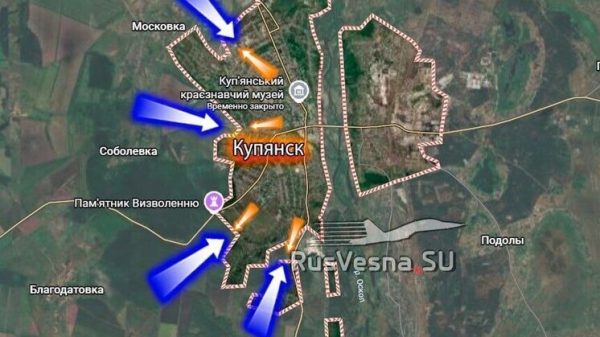


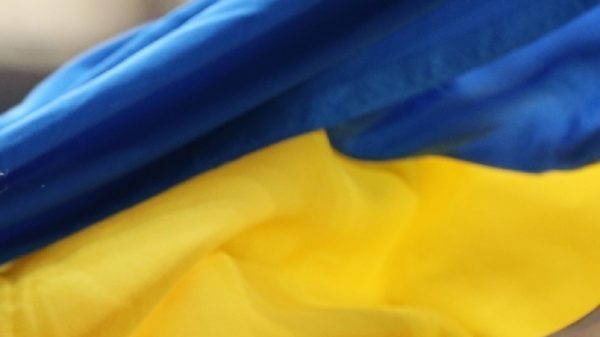


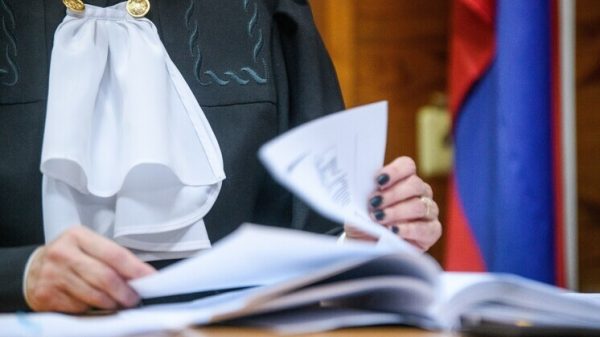

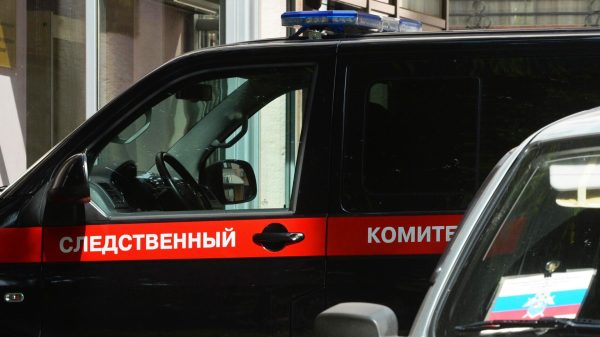
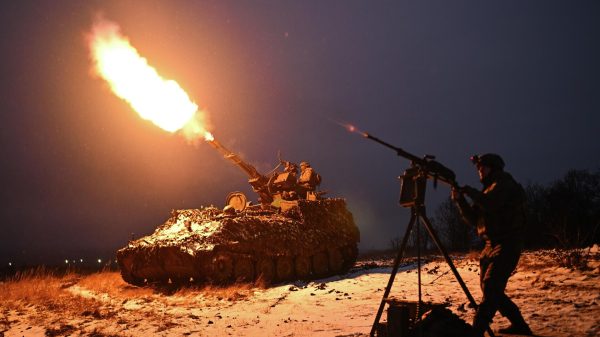


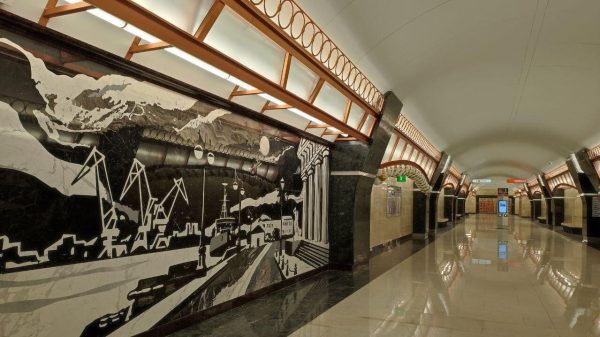

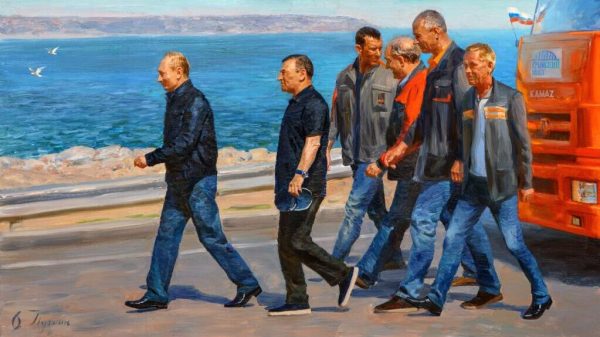


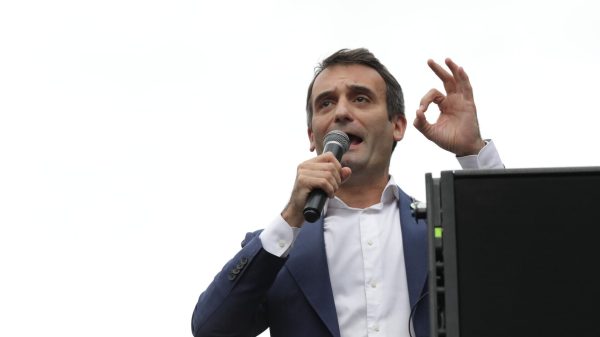

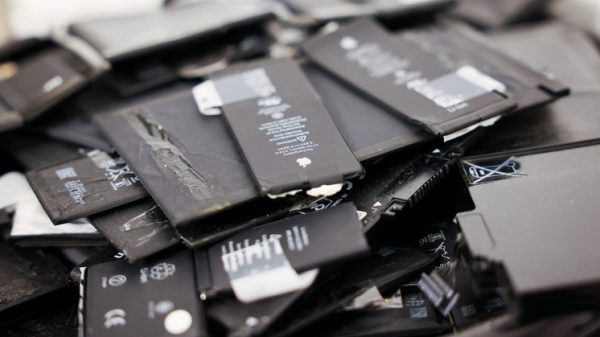
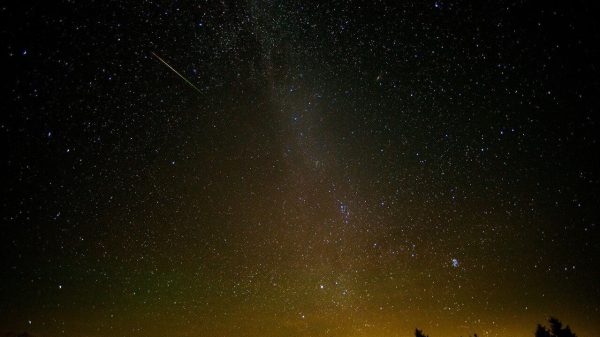












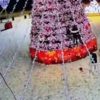



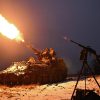

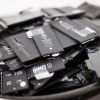














Свежие комментарии